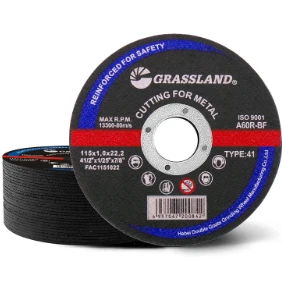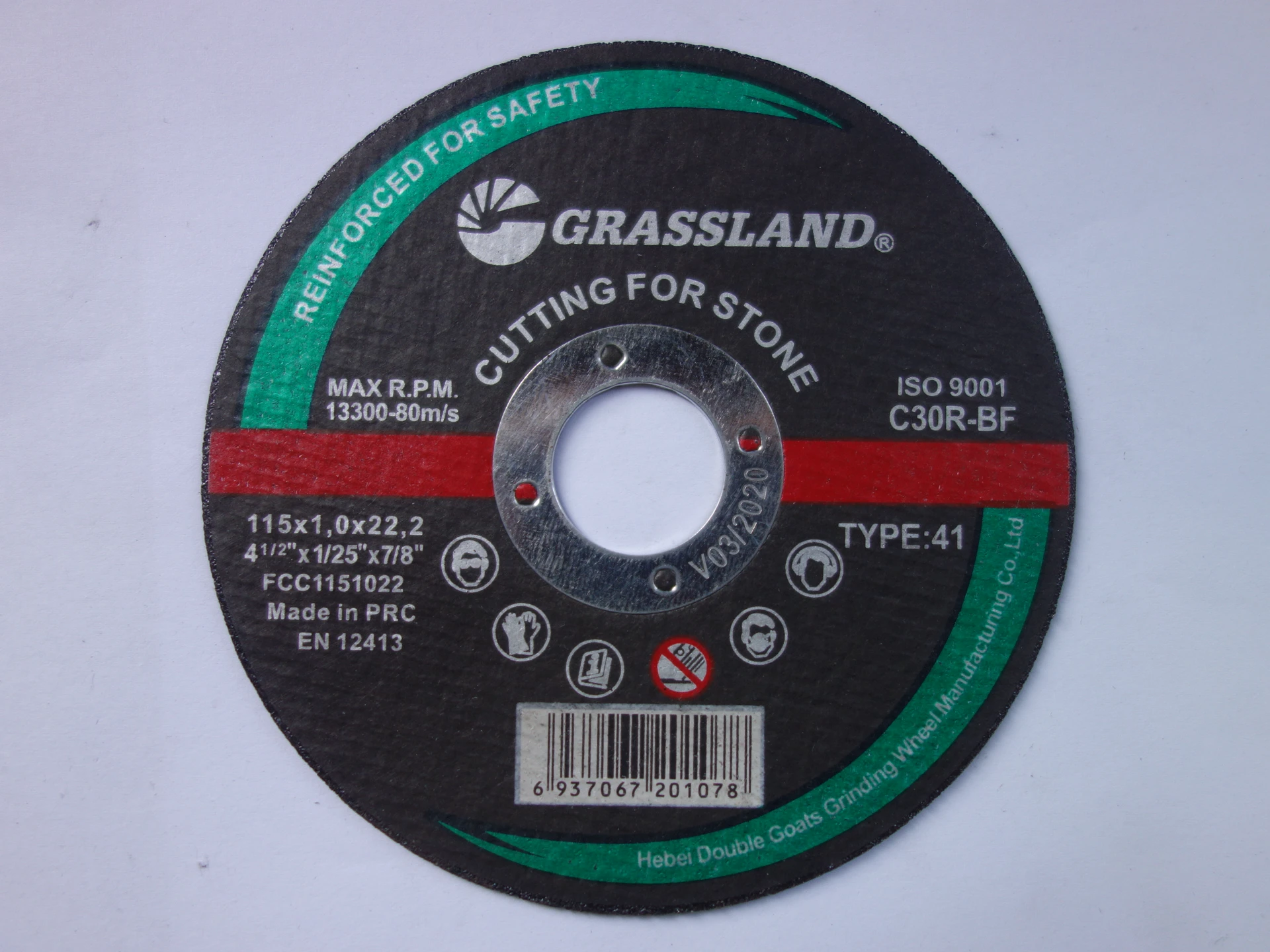

The effectiveness of aluminum cutting wheels is often enhanced when used in conjunction with suitable cutting fluids or lubricants. These liquids further reduce friction and assist in heat dissipation, extending the life of both the wheel and the cutting tool. It also contributes to the environmental safety by reducing airborne dust and metal particles. Aluminum cutting wheels are also valued for their versatility. Beyond aluminum, they are capable of handling other non-ferrous metals like copper, brass, and zinc, making them an essential asset in diverse industrial applications. This adaptability ensures that workshops equipped with these wheels can efficiently handle a range of tasks without the need for multiple tool changes, thus streamlining operations. Evaluating different brands and models of aluminum cutting wheels can benefit from an understanding of specific industry certifications and standards. Reputable manufacturers will adhere to ISO or ANSI standards that ensure quality and reliability. By investing in certified products, industry professionals are assured of performance consistency and safety compliance. Ultimately, the choice of an aluminum cutting wheel impacts the overall success of metalworking tasks. It necessitates a keen understanding of the operational requirements and the subtleties of the materials being processed. An informed selection process, grounded in experience and technical knowledge, empowers users to harness the full potential of these cutting implements, optimizing efficiency, safety, and precision in metal fabrication endeavors. In sum, the expertise in selecting and using aluminum cutting wheels plays a crucial role in manufacturing environments where precision and efficiency are paramount. Leveraging the right tools not only enhances craftsmanship but also establishes a workshop’s credibility and commitment to excellence in the competitive field of metal fabrication.
Post time:Feb - 07 - 2025

















